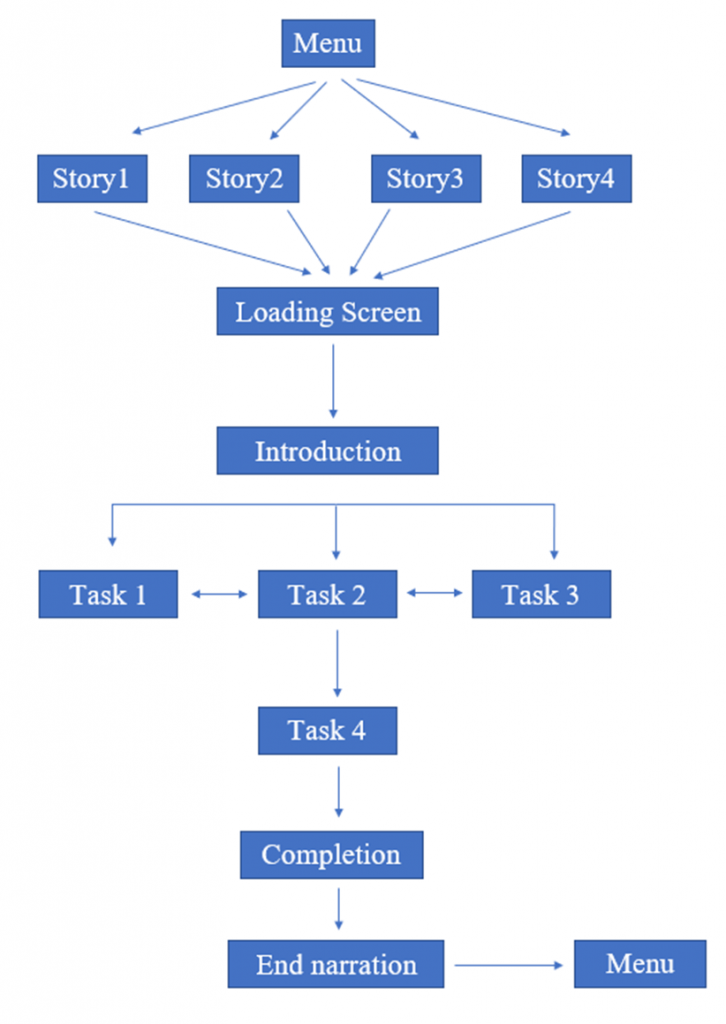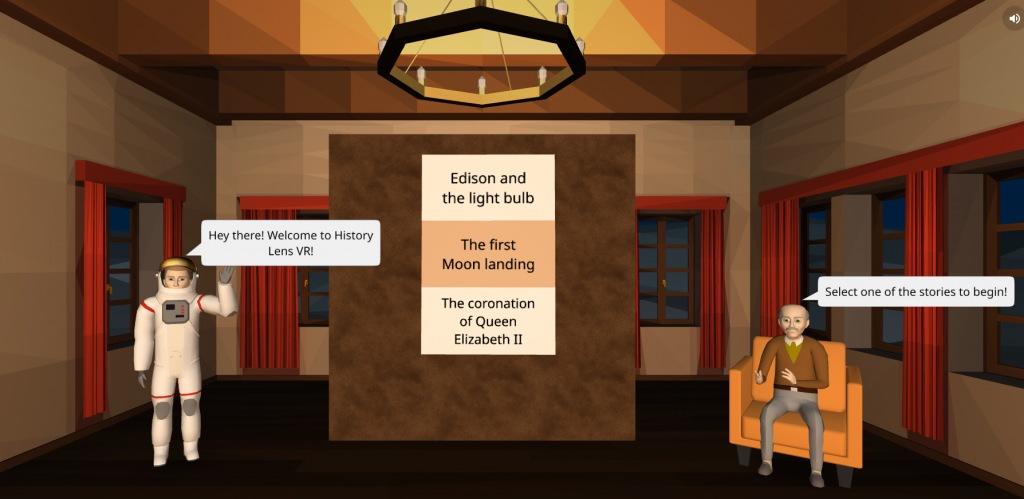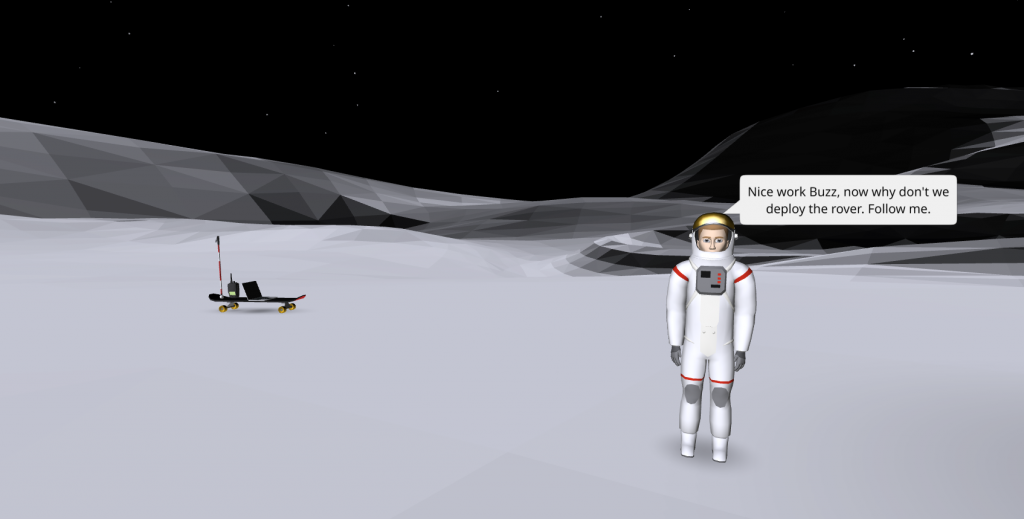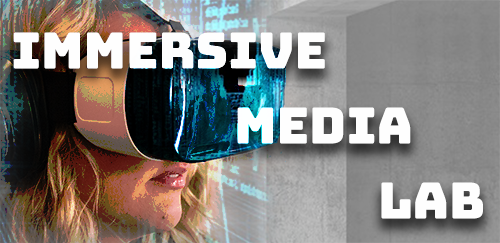
In the 21st century, time travel is and still remains science fiction. A dream for many but, in reality, an impossibility. The closest possible experience one can have of time travel, either backwards or forwards through time is, arguably, through Virtual Reality.
With that in mind, this proposal presents History Lens VR – a VR application that allows users to effectively ‘travel back through time’ and experience important historical moments first-hand. The primary use of the application will be education and it will be aimed to particularly benefit history students in higher education.

Through the application, users will be able to experience moments of historical significance, for instance, experience the first moon landing from Buzz Aldrin’s perspective (see Figure-1). The goal is to provide students with an immersive experience wherein they embody characters of historical significance and can interact and explore the environment that these characters would have originally found themselves in. Numerous studies have outlined the benefits of using immersive technologies in education and this tool aims to enable history students to exploit these benefits and enhance their learning experience.
The experience will be delivered through Head Mounted Displays (HMDs) and the users will have a first-person experience of the surroundings of the person they embody. They will be required to explore and interact with the environment in order to complete the given objectives. Users will also be able to interact with other non-playable characters (NPCs) that will perform predefined functions such as narrating dialogue or assisting the player with certain tasks.

Upon launching the application, the user will be greeted by a menu and will have the option to choose from a range of different stories of historical significance (see Figure-3). Upon selecting a story, users will encounter a ‘Loading Screen’ ) that will give a brief overview of the character they will embody in the form of a narration accompanied by a static image. The users will then begin their immersive experience after being given an introduction and instructions on how to clear the set objectives of that story.

Users will have the option of completing the initial tasks in the order of their choosing. During this period, users will be able to interact with the virtual environment using a joystick (if using the Oculus Go) or positional tracking (if using Google Cardboard or other smartphone-based VR headsets). At this stage, users will be required to complete the set objectives which will typically take the form of simple puzzles or interactive tasks (such as simply completing a predefined dialogue with an NPC). Upon completing the initial set of objectives, users will be able to progress through the story and ‘unlock’ a final task(s). Completing the final task will then trigger a cut-scene which will make use of narration and original media (such as photographs and videos) related to the selected story. The cut-scene will be the end of the story and users will be redirected to the main menu where they can select a story to playthrough.

